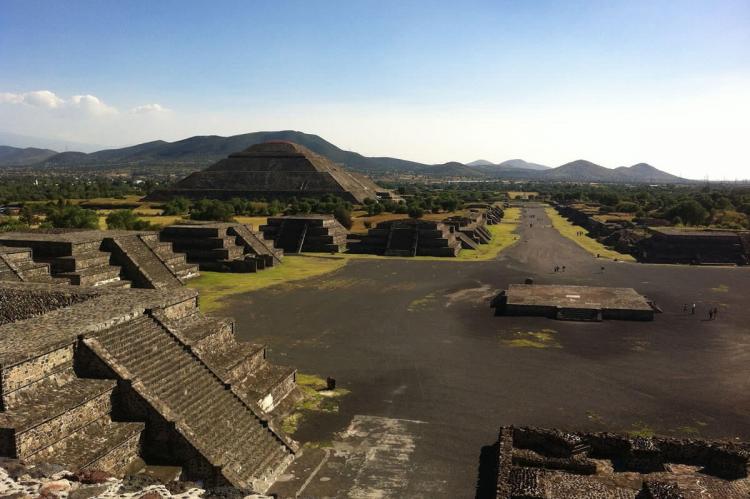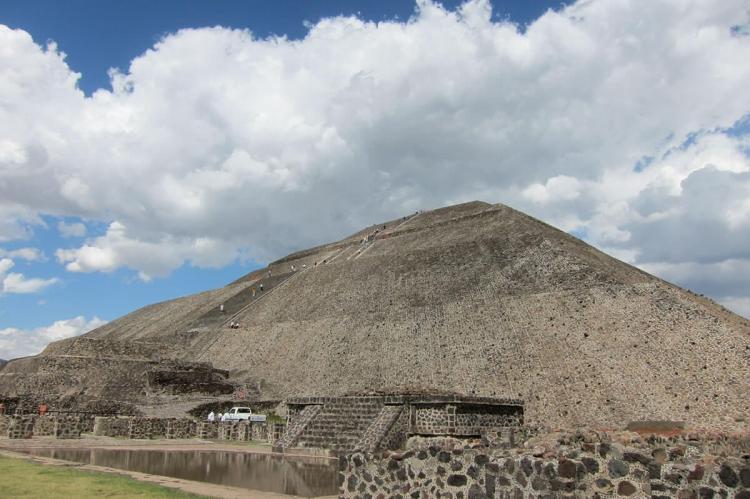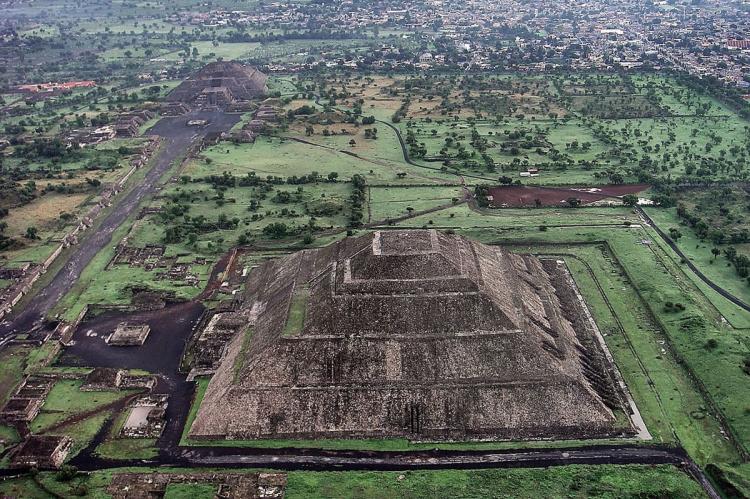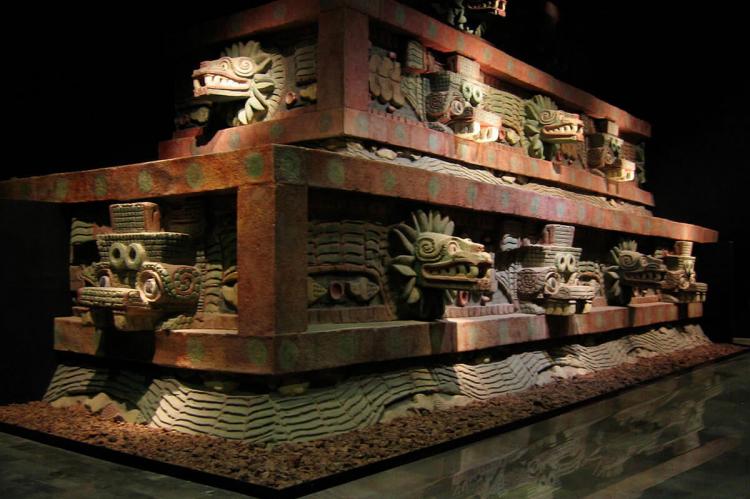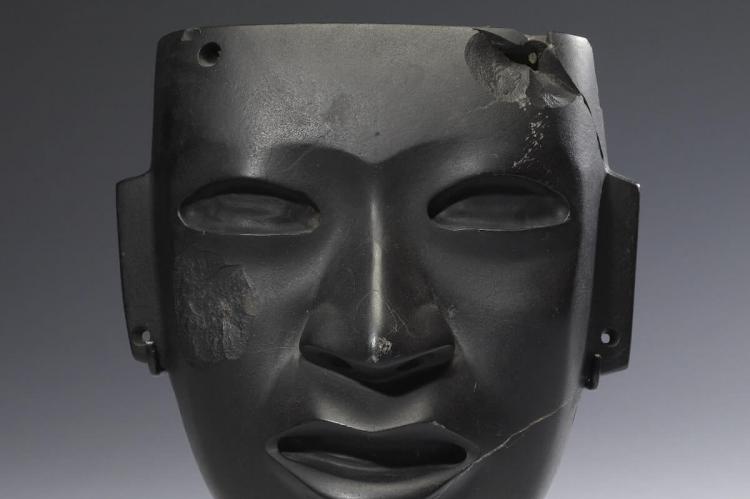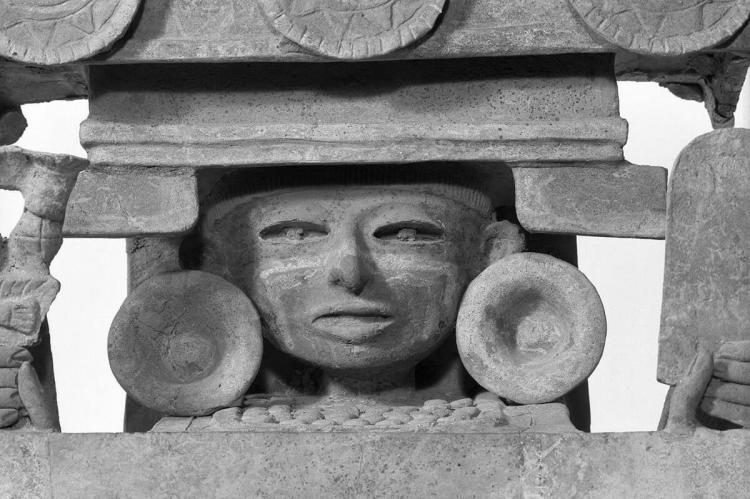Teotihuacán: The Ancient Metropolis of Mesoamerica
Teotihuacán, the ancient city in the Valley of Mexico, is one of the most significant and enigmatic archaeological sites in the Americas. Renowned for its immense pyramids, urban planning, and cultural legacy, this pre-Hispanic metropolis dominated the landscape of ancient Mesoamerica.
Unraveling the Mysteries of Teotihuacán: The City of the Gods
Teotihuacán, the ancient city in the Valley of Mexico, is one of the most significant and enigmatic archaeological sites in the Americas. Renowned for its immense pyramids, intricate urban planning, and profound cultural legacy, this pre-Hispanic metropolis dominated the landscape of ancient Mesoamerica. At its height, Teotihuacán was a center of trade, religion, and power and the largest city in the pre-Columbian Americas. Its influence resonated throughout the region, leaving an indelible mark on subsequent civilizations.
Origins and Rise of Teotihuacán
Teotihuacán's origins remain shrouded in mystery, and its early history is largely based on archaeological evidence. The city is believed to have started as a small settlement around 200 BCE and gradually expanded into a significant urban center. Its strategic location—50 kilometers (30 miles) northeast of present-day Mexico City—allowed it to serve as a hub for trade, cultural exchange, and religious activities across Mesoamerica.
During its zenith, between the 1st and 7th centuries CE, Teotihuacán became the largest city in the pre-Columbian Americas. With an estimated population of over 125,000, it covered approximately 36 square kilometers (13.9 square miles), making it one of the most populated cities in the world at the time. The city's growth and sophistication were driven by its role as a cultural and economic hub, which attracted people from diverse backgrounds, contributing to its cosmopolitan nature.
Architectural Marvels of Teotihuacán
The Pyramid of the Sun
The Pyramid of the Sun, one of the most iconic structures in Teotihuacán, dominates the city's landscape. Standing over 65 meters (210 feet) tall, it is among the largest pyramids in the world. Although its exact purpose remains uncertain, the pyramid is considered of religious significance and possibly associated with solar worship. Its monumental size and construction reflect the city's advanced engineering skills and the labor force required to complete such a massive project.
The Pyramid of the Moon
Situated at the northern end of the Avenue of the Dead, the Pyramid of the Moon, rising to 43 meters (141 feet), mirrors the grandeur of the Pyramid of the Sun, though it is slightly smaller. The pyramid, which was used for ceremonial and ritualistic purposes, is aligned with Cerro Gordo, a nearby mountain that likely held cosmological importance to the people of Teotihuacán. Rituals and sacrifices performed at this site were central to the city's religious life.
The Temple of the Feathered Serpent (Quetzalcoatl)
Another architectural highlight of Teotihuacán is the Temple of the Feathered Serpent, also known as the Temple of Quetzalcoatl. This temple is adorned with intricate carvings of serpents, symbolizing the god Quetzalcoatl, a deity associated with wind, knowledge, and fertility. The temple, located within the Ciudadela (Citadel) complex, was likely a central religious and political space. Burials discovered around the temple suggest it played a significant role in sacrificial rituals.
Urban Planning and Social Complexity
The Avenue of the Dead
The Avenue of the Dead, the main thoroughfare of Teotihuacán, stretches for approximately 2.4 kilometers (1.5 miles), linking the city's major ceremonial complexes. This grand avenue was likely used for processions, religious ceremonies, and other symbolic events. Smaller platforms and structures line the avenue, hinting at the vibrant cultural life that once existed in the city. The careful planning and grid layout of Teotihuacán reveals the sophistication of its urban design, which was unparalleled in ancient Mesoamerica.
Residential Areas and Social Structure
Beyond the monumental architecture, Teotihuacán housed extensive residential areas that shed light on the daily lives of its inhabitants. Unlike many ancient cities, where the elite lived in isolation, Teotihuacán featured multi-family apartment complexes, indicating a relatively egalitarian society. These compounds housed artisans, traders, and laborers, reflecting the city's diverse population. The presence of specialized neighborhoods and evidence of craft production further underscore the complexity of Teotihuacán's social and economic systems.
Teotihuacán's Cultural and Religious Legacy
Teotihuacán's influence extended far beyond its architectural feats. The city was a cultural melting pot, drawing people from various regions of Mesoamerica. This diversity is reflected in the city's art, which includes murals, pottery, and sculptures depicting mythological themes and religious ceremonies. The image of the Feathered Serpent, representing Quetzalcoatl, is a recurring motif in Teotihuacán's artistic and religious life, symbolizing the city's spiritual and cosmological beliefs.
The cultural impact of Teotihuacán extended to other Mesoamerican civilizations, including the Maya and the Aztecs. Even after its decline, the city's artistic and religious traditions persisted, shaping the development of future societies in the region.
The Decline and Abandonment of Teotihuacán
Despite its grandeur and influence, Teotihuacán experienced a sudden decline around the 7th century CE. The reasons behind its collapse remain a subject of speculation among historians and archaeologists. Several theories have been proposed, including environmental factors such as drought, social unrest, and possible invasions by external groups. Evidence of widespread fire suggests that the city may have been deliberately destroyed, possibly as a result of internal conflict or rebellion. Regardless of the cause, Teotihuacán was largely abandoned by the end of the 7th century, leaving behind its monumental ruins.
Conclusion
Teotihuacán is a testament to ancient Mesoamerican civilizations' ingenuity, culture, and power. Its massive pyramids, intricately planned urban spaces, and cultural influence make it one of the most significant archaeological sites in the world. While much about the city's origins and decline remains a mystery, its enduring legacy continues to captivate scholars and visitors alike. Teotihuacán's impact on Mesoamerican history is undeniably a beacon of human achievement and an enduring symbol of a lost civilization.
